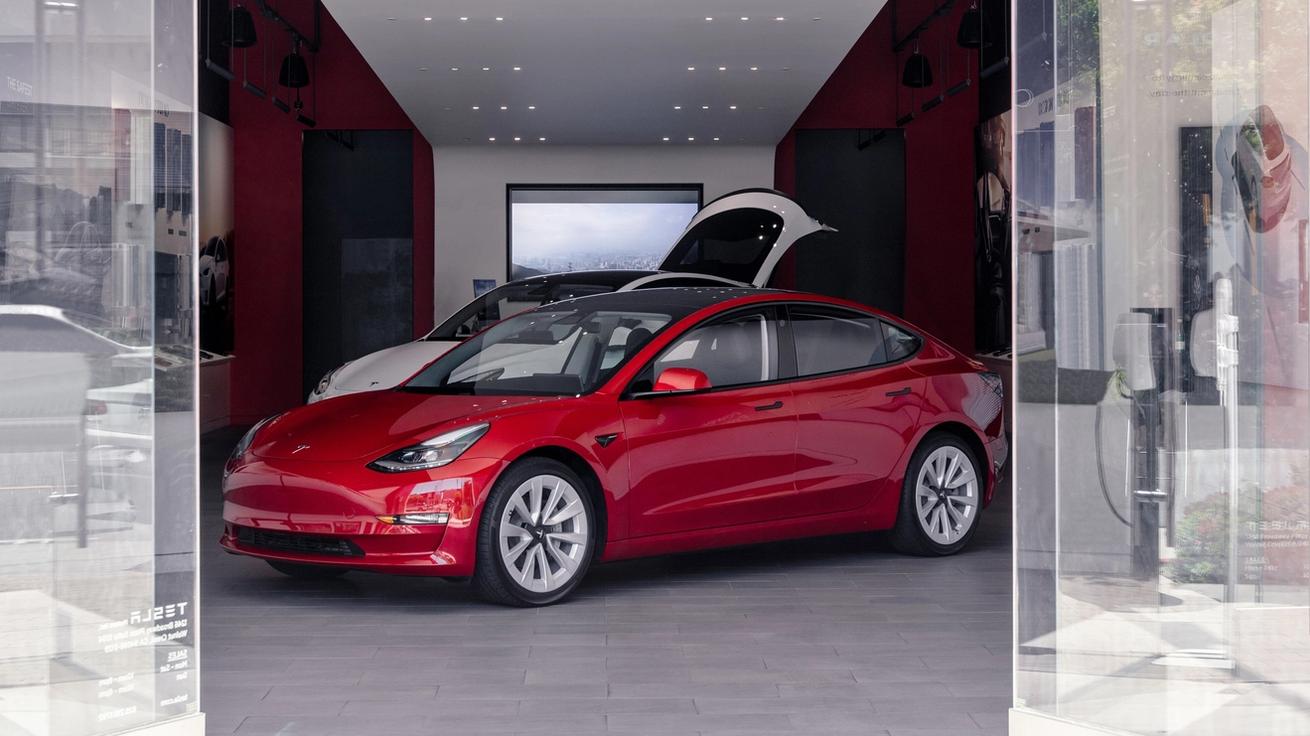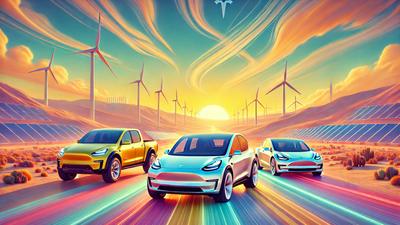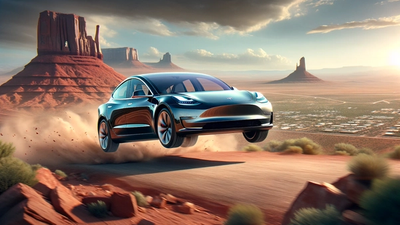The Treasury Department just released new guidance that will enable consumers to use their $7500 EV tax credits more like an upfront rebate starting in January 2024. However, new vehicle requirements are also taking effect that raise questions about which vehicles will still qualify for tax credits in the new year.
The federal tax credit created to help drivers make the switch from ICE vehicles to EVs has gone through a variety of changes since it was introduced. The newest set of guidelines, set forth in the Inflation Reduction Act of 2022, includes several new eligibility requirements that drivers and vehicles must meet in order to still qualify for the $7,500 tax credit.
The Inflation Reduction Act of 2022
The Inflation Reduction Act not only extended EV tax benefits through the next decade but also eliminated the unit threshold that many automakers, like GM, Tesla, and Toyota, had already exceeded. The 2022 IRA established MSRP limits of $80,000 for electric trucks, vans, and SUVs and $55,000 for all other EVs to qualify. It also set income limits at $150,000 for individuals and $300,000 for married couples.
The IRA also introduced a number of eligibility requirements related to manufacturing and the sourcing of components. New vehicles must be assembled in North America to qualify for any tax credits, and certain percentages of battery components (50%) and critical minerals (40%) have to be sourced from the United States or countries with a free trade agreement with the US. These percentages will increase each year.
Currently, drivers can only take advantage of the $7,500 new EV credit or $4,000 used EV credit when they file their tax returns the following year. But as of October 6, 2023, the U.S Treasury Department announced new revisions to the process.
Get your EV Incentives Right Away
Starting January 1, 2024, qualified drivers will be able to transfer their federal tax credit to the dealership at the time of purchase rather than waiting to receive the credit until next year’s tax filing.
The federal government is hoping this change will further drive EV sales and get the country closer to the goal of making EVs account for 50% of all new car sales by 2030.
Dealers must register with the IRS to be eligible to offer the credit at the point of sale. They will use a new IRS website, called Energy Credits Online, to confirm a vehicle is eligible for credit, submit a “time of sale” report, and expect to be refunded within 72 hours. Buyers must attest they will not exceed the tax credit’s income limit (see below), or they will be forced to pay back the credit on their next tax filing. They can then receive cash or apply the credit toward the cost of the car or a down payment.
This is great news, especially for drivers with lower tax liability, who have expressed an overwhelming preference for point-of-sale rebates rather than deferred tax credits. However, the new changes to how consumers receive their incentives will coincide with other changes that may make the electric vehicle you’ve got your eye on ineligible for the tax credit.
New Battery Component Restrictions Added in 2024-25
As we mentioned above, the IRA introduced new battery and critical mineral sourcing requirements that automakers must meet for their vehicles to be eligible for the federal tax credit. These new rules have already excluded some EVs that were unable to meet the new requirements, and restrictions are only going to get tighter.
Battery and critical mineral requirements will increase each year as the government tries to incentivize companies to manufacture locally and do business with US trade partners.
In 2023, 50% of battery components and 40% of critical minerals must meet sourcing and trade requirements, and those numbers will go up by 10% every year until 2029. This means that automakers will need to adjust the way they source components or risk their vehicles becoming ineligible for the credit.
In addition, starting in 2024, batteries must contain zero components manufactured or assembled by a foreign entity of concern (FEOC). After January 1, no critical minerals can be extracted, processed, or recycled by an FEOC. And while the US government has yet to share a specific list of FEOCs, the Treasury Department has promised to deliver those details before the end of the year.
It's unclear how these new changes will affect EV tax credit eligibility for certain electric models, but some automakers have already indicated that their lists of qualified vehicles may shrink in 2024. Notably, Tesla has said that “reductions to current federal tax credit [are] likely” and is encouraging customers to take advantage of the current rules if they want to be sure to get the tax credit on their preferred model.
Why the Best Time to Buy May Be Now
So, the question arises: do you wait to purchase your EV until after January 2024 to get your $7,500 rebate at the point of sale and risk the EV you want no longer qualifying? Or do you make your purchase now, but have to wait until next year’s tax filing to see any of the money?
The good news is that with EV Life, you don’t have to wait to have the best of both worlds. The perfect time to get the electric vehicle you’ve been looking at is right now.
The EV Climate Loan
When you apply for the EV Climate Loan with EV Life, we enable you to:
- Pre-qualify for more than financing. EV Life’s application process is easy and fast. We’ll ensure that you qualify for every tax credit, rebate, and other incentive you’re eligible for, then help you file all the paperwork with our “Turbo Tax-style” incentive filing tools.
- Bundle charging. An EV Life loan enables you to get an instant quote for home charger installation and bundle it into auto financing, reducing your upfront costs.
- One low payment. The EV Life loan applies all your savings directly to your loan, significantly reducing your monthly payment.
Don’t navigate the complex and ever-shifting EV incentive process alone. Financing with EV Life guarantees the best prices and the lowest rates on your EV, saving the planet while saving your pocketbook.
Want to find out how much you can save?
Pre-qualify Now





